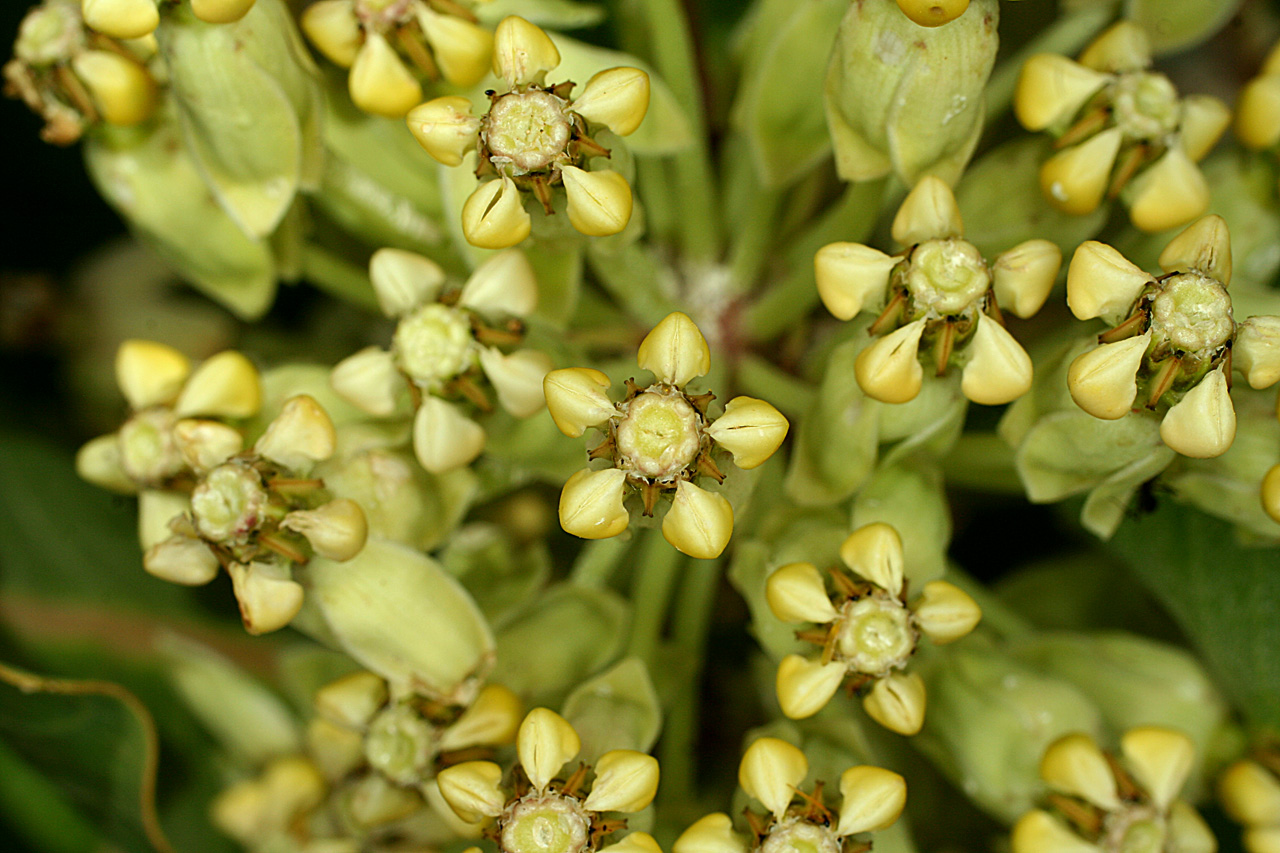Genus Abronia
Pot Cultivation
They should be planted in the spring in a sunny spot in well-drained, sandy loam.Propagation
In mild regions, the seeds may be sown in September outside. Where winters are severe, they are sown indoors in late winter. They should be soaked in water for 24 hours or else they will germinate slowly. The seedlings should be transplanted into flats filled with loam, leaf mold and sand and in May are planted where they are to flower in the summer. Another method is to sow them right outside in early spring. The perennial kinds can be propagated by cuttings that are made from fresh shoots off of old plants, which have been kept in a frost-free greenhouse during the winter. Insert these, in March or April, into beds of sand or sandy soil in a frame that is kept closed for a few weeks.
A. latifolia

A. arenaria
VARIETIES
- A. latifolia
- A. arenaria
- A. maritima
- A. umbellata (Sand Verbena).




